The Latest Travel News – Page 35 of 84 – Crown Cruise Vacations
Travel has changed my life in many ways
February 13, 2020 | Jackie Sheckler FinchI travel because …
As a child, travel meant one of two places – either we were heading to Cincinnati to look at the Christmas lights or we were going to Kentucky to visit my grandparents. Any other destinations outside of our small Ohio hometown were virtually impossible.
Love Boat seeking to set record for marriage vow renewals
February 6, 2020 | Jackie Sheckler FinchWhat better place for a wedding renewal ceremony than on Princess Cruises, the original Love Boat. And what better time than during the Valentine month of February when Princess Cruises will attempt to break the Guinness World Records title for the largest multi-location vow renewal.
S.S. Legacy is ‘green’ ship to reduce footprint on nature’s beauty
January 30, 2020 | Jackie Sheckler FinchTwo aluminum water bottles are lined up on the desk in my cabin. Cloth napkins on the dining table take the place of paper. No plastic straws. No Styrofoam or plastic cups are used on this vessel.
A daily menu is printed and attached to a frame in the dining room entryway. Daily itineraries are on a bulletin board and on a scrolling video screen so that paper use is minimized. Recycling efforts are everywhere.
Cruise Trivia: Why is this spot famous & where is it located
January 23, 2020 | Jackie Sheckler FinchWe’re going to start off the New Year with a tough trivia question. At least it was tough for me. It has to do with a place that is listed in the Guinness Book of World Records.
I would never have noticed it if a tour guide hadn’t pointed it out when I was on my way to board the S.S. Legacy. As my bus turned the corner, the guide told the interesting tale of this small plot of land.
Louis Armstrong: From Street Waif to Music Legend
January 16, 2020 | Jackie Sheckler FinchOn New Year’s Eve in 1912, a young New Orleans boy fired a gun into the air. That was a big mistake – or maybe it was a huge break for the child and for the world of music.
Arrested for disturbing the peace, Louis Armstrong was sent to the Colored Waif’s Home in New Orleans. While there, he met band manager Peter Davis and received his first formal music training.
Basilica Honors Patron Saint
January 9, 2020 | Jackie Sheckler FinchDuring the Spanish Civil War, three bombs fell on the Basilica del Pilar in Zaragoza, Spain. Two bombs went through the ceiling. Another landed just outside the church. None exploded.
“It may have been a stroke of luck,” said local guide Benoit. “That is a plausible theory.”
Motown Museum Still Has Soul
January 2, 2020 | Jackie Sheckler FinchBarbara Kensey thrusts one hand out, palm forward and launches into the words and moves of the well-known Supremes song, “Stop, In the Name of Love.”
From an old photograph hanging on the wall, singer Diana Ross seems to look over her shoulder at all the hullabaloo going on. A tour of the Motown Historical Museum in Detroit includes music and lots of it.
Washday meal still a tradition in New Orleans
December 26, 2019 | Jackie Sheckler FinchBefore the advent of modern washing machines, many women set aside Monday for the weekly chore of washing and drying the family laundry. At the same time, they would need to plan a hearty supper.
“What they did,” said Debbie Kelly, “is cook something that wouldn’t need a lot of attention, something they could put on the stove and it would be ready at the end of the day.”
Mystical Krewe of Barkus a howling good Mardi Gras parade
December 19, 2019 | Jackie Sheckler FinchShe proudly struts down the street, her long slender legs clad in gold boots. Peacock feathers atop her head sway in the breeze as parade watchers cheer and clap when she passes by.
Accepting the adulation with calm poise, she seems to know she is top dog.
Gerald Ford Presidential Museum Brings History to Life
December 12, 2019 | Jackie Sheckler FinchThe nation’s 38th president was born in Omaha in 1913 and named Leslie Lynch King Jr. If that name doesn’t ring a bell, it’s because his name was soon changed.
“Shortly after his birth, his mother moved to Grand Rapids. Following a divorce, his mother married a man named Gerald R. Ford,” said Kristin Mooney. “His mother then changed her son’s name to Gerald R. Ford Jr.”


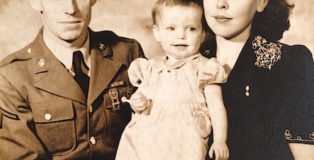



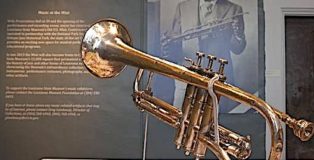
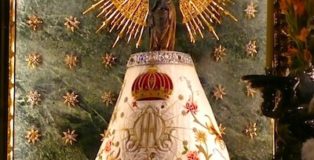


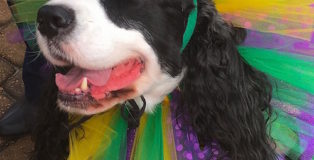
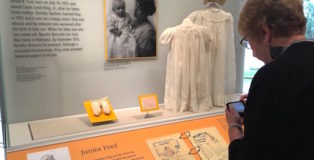












View Recent Comments